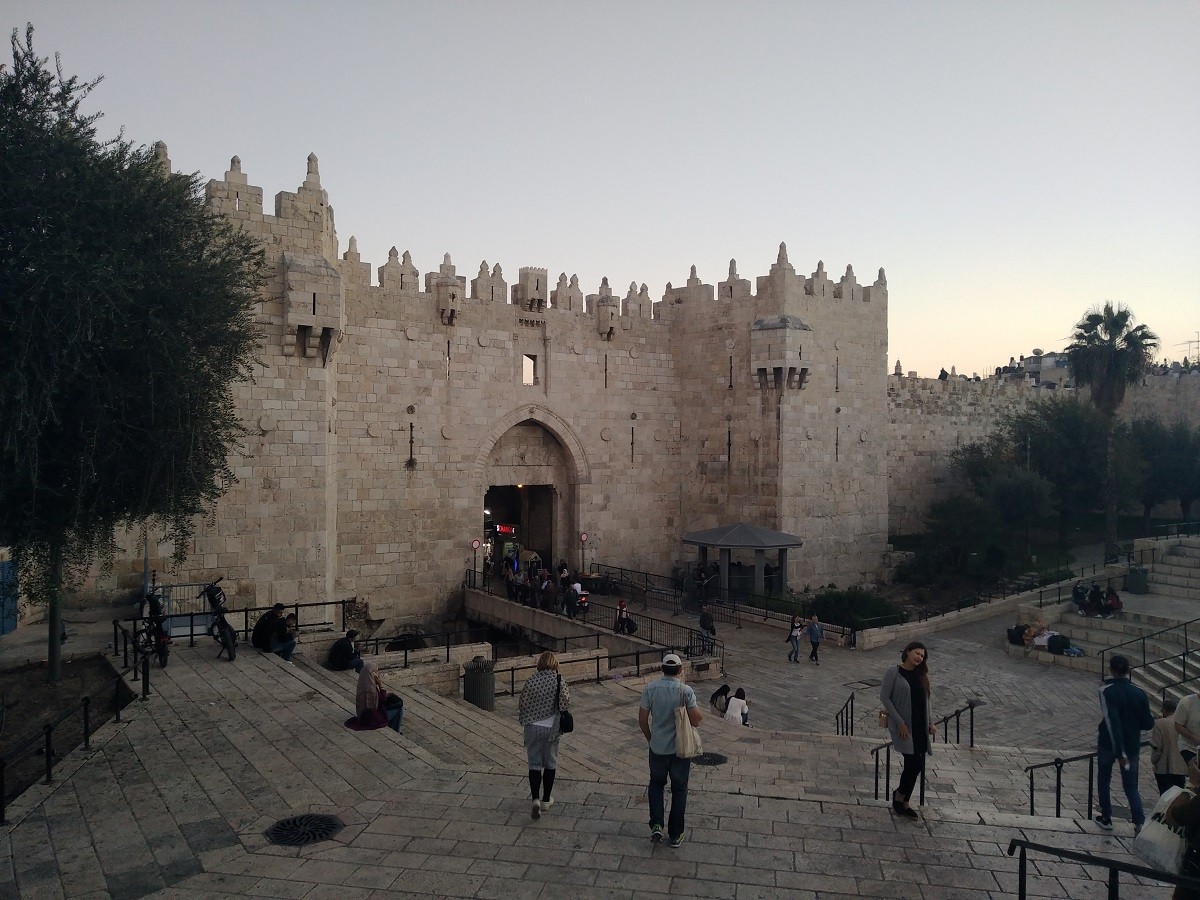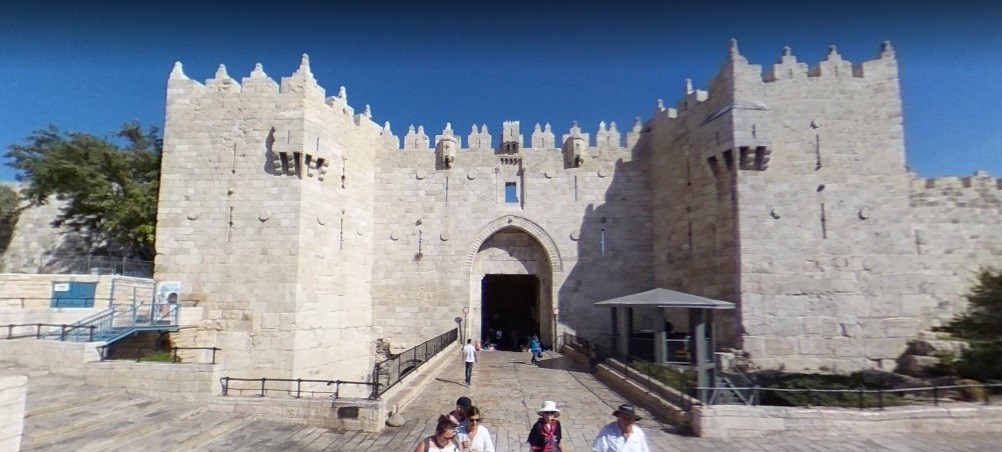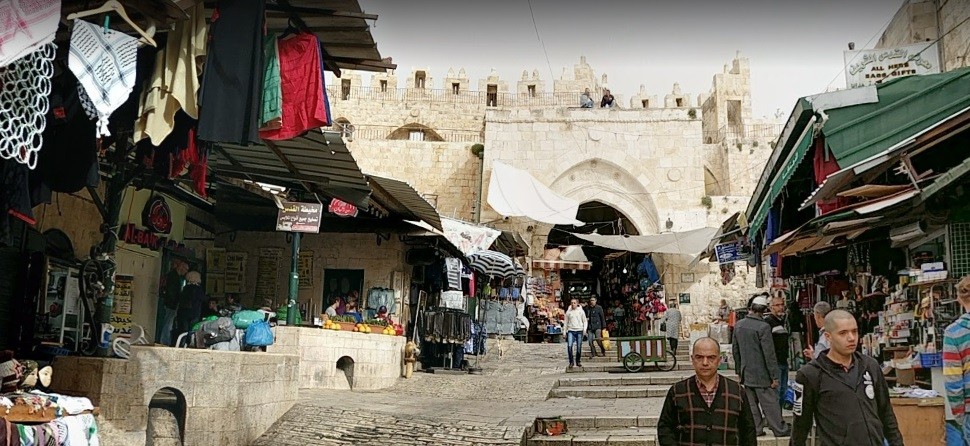What to see in Jerusalem. Damascus gate
Damascus Gate — the most beautiful architectural structure of the western fortress wall, is the main entrance to the Muslim Quarter.

They are skillfully decorated with ornaments, consist of 2 towers with hinged loopholes and were very important for the city. These gates had several other names: the Nablus gate, the Shekhem gate, and the Column Gate (Arabic: Bab al-Amud).
The gate faces north, it was from here that the road led to Damascus and Shechem (Nablus), which is why they were so named. The last name "Bab al-Amud" is possibly connected with the fact that once behind them there was a column with a majestic statue of Emperor Hadrian (not preserved to this day). The distance to Jerusalem was measured from the aforementioned column with the help of special mile stones, the stones were laid out along the road and in this way the distance was recognized. The Crusaders at one time called this gate the Gate of St. Stephen, because of their proximity to the place of his martyrdom.

It should be noted that the Damascus Gate in its current form was built in 1542 by order of Suleiman I, earlier there were ruins of the entrances to the old city. One of them belongs to the era of King Herod (41-44), and the second - to 135 AD. e., it was built by the Romans. Emperor Hadrian rebuilt the gates, they began to serve as a monumental entrance to Elia Capitolina, an ancient city that the Romans built on the site of the previously destroyed ancient Jerusalem. The gate, built by the Romans, was pompous, triumphant, had 3 arches, of which only the eastern one has survived to this day, now it serves as the entrance to the museum.

Excavations were carried out on the territory adjacent to the gate, during which archaeologists discovered the ruins of the gate of the 2nd century, as well as streets paved with stone, a spiral stone staircase and a whole complex of underground halls dating back to the Byzantine period. Now all this can be seen in the museum. The exhibition halls display maps of Jerusalem from various historical periods, as well as the aforementioned statue of the Roman emperor (without the triumphal column).
Currently, the gate is accessible for pedestrians, but vehicles cannot enter. On Friday morning, you can see how Muslims go through this gate to the Temple Mount, and on Friday evening and Saturday afternoon, Jews go to the Wailing Wall.
Interesting fact
In 1979, a pedestrian tunnel was commissioned, which shortened the path from the gate to the Western Wall.
Travel Tips
From the Damascus Gate, you can take an interesting walk, following the city wall to Herod's Gate or to the Jaffa Gate, enjoy the panorama of the old city. To do this, you need to climb the spiral staircase to the fortress wall. If you go straight from the gate all the time, you can get off at Via Dolorosa. Opposite the Damascus Gate, across the road, there is an Arab quarter called Sheikh Jarah (the territory of East Jerusalem). In addition, there is the legendary Tsidkiyagu King's cave next to the gate. Do not forget to visit the Arab market, it is believed that prices are somewhat cheaper there.
